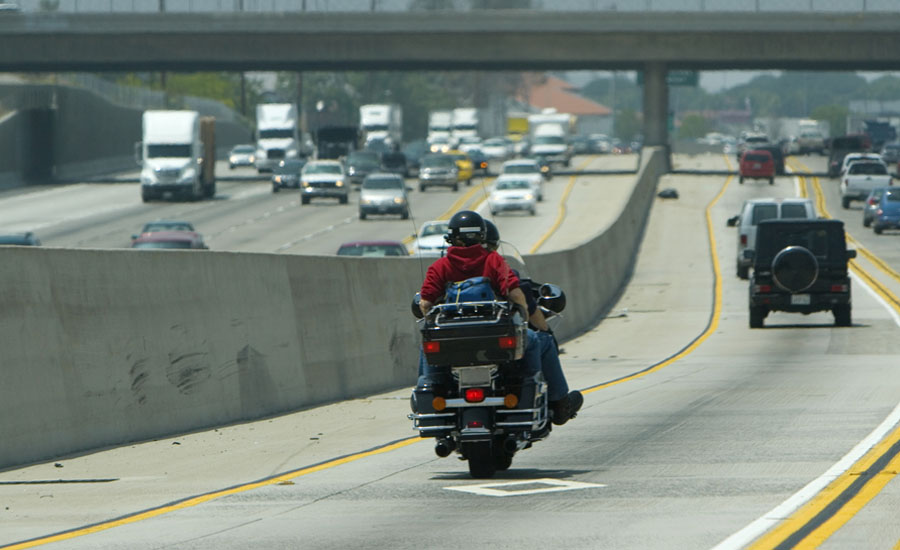NTSB: Technology could help prevent motorcycle crashes

Many high-risk traffic situations between motorcycles and other motor vehicles could be prevented if vehicle drivers were better able to detect and anticipate the presence of a motorcycle when entering or crossing a road, making a turn or changing lanes.
That’s one of the conclusions of a report issued yesterday by the National Transportation Safety Board (NTSB) on ways to improve the safety of motorcyclists on U.S. roads.
The agency also found stability control systems on motorcycles could reduce single-vehicle crashes involving loss of control, which would reduce the prevalence of motorcyclists killed or injured by impacts with fixed roadside objects.
About the study
NTSB Safety Report 18/01, ‘Select Risk Factors Associated with Causes of Motorcycle Crashes’ analyzed select risk factors associated with the causes of motorcycle crashes and evaluated strategies to prevent them. The goal of the study was to identify and assess factors contributing to motorcycle crash risk, compare those factors with previous research findings and evaluate the need for motorcycle safety improvements. The NTSB analyzed the Federal Highway Administration’s ‘2016 Motorcycle Crash Causation Study,’ analyzing the crashes involving motorcycles with engine displacement of more than 50 cubic centimeters or a maximum design speed of 31 mph or more, with at least one reported injury sustained by either the motorcycle rider or passenger.
“The recommendations made in this report are designed to improve detection of motorcycles in traffic and give motorcycle riders more time to react to dangerous conditions,” said NTSB Chairman Robert Sumwalt. “Passenger-vehicle based crash warning and prevention systems and connected vehicle technologies have the potential to enhance motorcycle safety by improving motorcycle conspicuity, but these systems are not consistently designed to detect or integrate motorcycles. Antilock braking and stability control systems on motorcycles provide riders with assistance in unexpected circumstances – riders remain in control until they need the help.”
Impaired driving needs a closer look
In its findings the NTSB said more focused research is required to understand how alcohol and other drug use contributes to motorcycle crash risk factors and that motorcycle licensing procedures have not been adequately evaluated for safety and effectiveness making it difficult to determine if procedures are reducing motorcycle crashes and their associated injuries and fatalities
The NTSB issued a total of 10 safety recommendations in its report, with eight issued to the National Highway Traffic Safety Administration, one to the Federal Highway Administration and one to the Motorcycle Industry Council, the American Motorcyclist Association and the Motorcycle Safety Foundation.
Included in the 10 safety recommendations are recommendations for requiring all new motorcycles manufactured for on-road use in the US to be equipped with antilock braking system technology, incorporating motorcycles in the development of passenger vehicle crash warning and prevention systems performance standards, and for developing and publishing performance standards for stability control systems on motorcycles manufactures for on-road use in the US.
The abstract of the safety report, which contains the NTSB’s findings and recommendations, is available at https://go.usa.gov/xPr4d.
The final report will be published online within a few weeks.
Looking for a reprint of this article?
From high-res PDFs to custom plaques, order your copy today!




